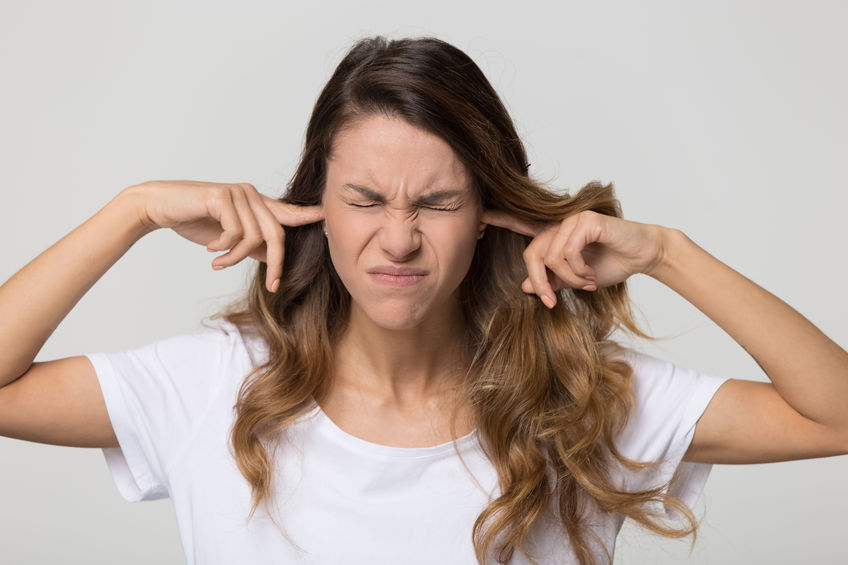The Arizona Commission for the Deaf and the Hard of Hearing (ACDHH) recently tested some of today’s hottest toys on the market and found 10 of them to be “too loud”. The loudest toys on the list are categorized as any toy that reaches a sound level of 85 decibels (dB) or higher.
According to the American Speech-Language-Hearing Association, 85 dB is the maximum volume a child should be exposed to for no more than eight hours a day. Sounds louder than 100 dB can damage their hearing in less than 15 minutes.
Noise is the number one cause of hearing loss. Nearly 15 percent of children ages 6-19 have some degree of hearing loss. In addition, loud noises can increase fatigue, decrease a child’s ability to pay attention, and reduce short term memory.
“All parents want to keep their children safe,” said Sherri Collins, executive director for ACDHH. “This year most of us will be purchasing holiday presents online and parents will be unable to test toys volume before purchasing.” She added, “We want to show parents that there is a fine line between a safe sound level and a harmful level. We give them a list of pre-tested toys to avoid and show them how easy it is to test a toy’s noise level with an app that can be downloaded on their smart phone.”
ACDHH examined some of this season’s most popular toys chosen at random. Each dB measurement was taken as if the child placed their ear next to the speaker. If your shopping list includes toys for the children in your life, you may want to consider turning down the volume on these toys:

“It is important to consider how the child will use the toy,” said Collins. “Children aren’t always using these toys at arm’s length as they may be intended. It’s also important to consider the decibel levels of other sounds around the child in addition to the toy, such as the television, kids yelling or other loud toys all making noise simultaneously. They can quickly add up and cause hearing loss.”
For parents who would like to conduct their own decibel test, there are free smartphone apps available to test the sound levels of any toy parents are considering buying or have already purchased.
A few suggested dB testing apps from a healthyhearing.com report:
• Apps for both Android and iOS
Decibel X
SPL Meter
Too Noisy Pro
• Apps for iOS only
• Apps for Android only
Sound Meter and Noise Detector
Simple test methods to ensure toys won’t hurt young ears:
• Use ‘try-me’ buttons on the toys when available
• Hold the toy as close to your ear as your child would and ask yourself if the toy is too loud
• Hold the toy eight inches away from your ear (approximately the length of your child’s arm), and if you must speak at a higher volume above the sound effects, it’s too loud
How to keep the volume down on loud toys:
• If the toy has volume control, ensure it’s always set to the lowest level
• Put waterproof tape or super glue over speaker to mute it
• Put tape over volume control to prevent your child from increasing the volume to unsafe volume level




